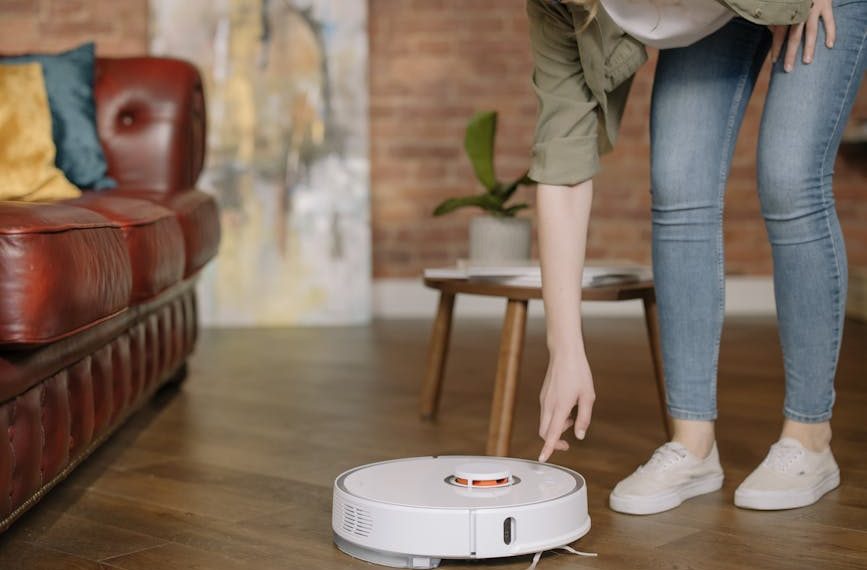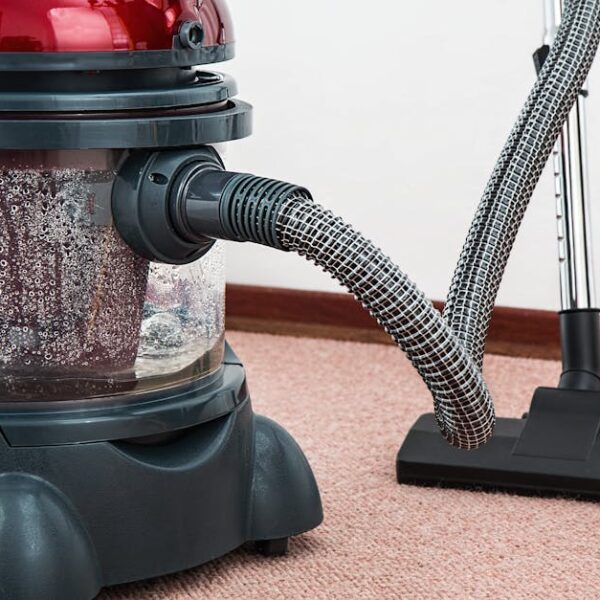Vacuum cleaners are an intrinsic part of our lives, keeping our living spaces spick-and-span. Dyson offers innovative, high-quality models that are, however, not immune to hiccups like pulsing, even after a filter cleanse. This article deciphers this issue, explaining the implications, causes, and solutions.
Understanding The Problem of Dyson Vacuum Pulsing
Pulsing is a reoccurring pause-and-go scenario your vacuum can face. It might initially seem like your Dyson vacuum is gasping for breath! While cleaning the filter is the first line of intervention, uncaptured culprits often lurk behind the persistent pulsing problem. Common reasons include:
- Blockages: Tangles of hair, dust, or even tiny objects can obstruct airways.
- Bin Issues: An overfilled or improperly fitted bin might instigate the issue.
- Filter glitches: Surprise! Your filter might need even more meticulous cleaning.
Analyzing Dyson Pulsing Issue Piece by Piece
Start your detective work with a meticulous examination of the vacuum cleaner parts. Unblock the cleaner hose by pushing through a long pole or broom handle, dislodging any potential blockages. Next, study the attachments and their connections: a simple detachment and reconnection might just clear up the problem. Lastly, it’s back to the filter. Ensure it’s cleaned thoroughly, following Dyson’s instructions to a tee, and dried for a minimum of 24 hours before reinsertion.
Emptying and Cleaning The Dyson Vacuum Bin
Your Dyson vacuum’s bin plays a paramount role in its function. Overfilling or mistreating it might result in pulsing. To empty the bin, unclick the red lever to release dust directly into a bin. Post-emptying, clean the inside with a dry cloth to nab any elusive dust particles. Always keep these points handy:
- Empty before max: Don’t wait for the bin to reach its max capacity.
- Double-check fittings: Ascertain the bin is properly secured post-cleaning.
- Avoid water: Use only a dry cloth to avoid damaging electronic parts inside the bin.
Regular Maintenance For Avoiding Pulsing and Other Issues
Prevention is indeed better than cure. Regular maintenance of your vacuum can ward off not just pulsing, but other complications too. Your go-to guide will be the comprehensive manual provided by Dyson – use it! Here are a few Pro Tips:
- Make cleaning and checking for possible blockages a weekly task.
- Gentle is the way: Avoid harsh cleansers or excessive force.
- Annual check-up: Consider a professional servicing annually to dodge bigger hassles.
Be sure to check in for the second part, where we share when to seek professional assistance and how to handle such situations, discuss Dyson’s warranty policy, and explore troubleshooting beyond the manual.
Professional Assistance and Dyson’s Warranty Policy
Sometimes you might feel like you’ve exhausted your tools and the pulsing continues. It’s okay to wave the white flag and reach for professional assistance. Be it an intricate problem beyond your understanding or simply you’re running low on time, getting professional help can be a smart move.
Dyson’s warranty policy is a beacon of hope during such times. The terms of warranty may vary across different regions, so it’s essential to understand yours thoroughly. Issues like pulsing are usually covered under warranty, as they denote a fault in the machine itself. Sometimes, professional services might be required, for instance:
- Repeated failure post multiple self-repairs.
- Motor-related issues.
- Electrical faults.
Alternative Solutions and Precautions
If you’ve been through all of these measures and your Dyson vacuum still pulses, it might be time to consider some alternative solutions. These could be more complex repairs that require some technical knowledge. If professional help is not immediately accessible or feasible, you might want to browse through Dyson’s troubleshooting videos or delve deeper into online user forums.
Looking forward, preventive measures can help avoid similar issues in the future. Keep a keen eye on parts that get worn out or damaged over time and have them replaced in due course. It also pays to be knowledgeable about your machine’s specifications, allowing you to use it effectively.
Here’s a comparison when choosing to face the problem alone vs. getting professional help:
| DIY Repair | Professional Service |
|---|---|
| ✔️Cost Effective | ✔️Trained professionals |
| ✔️Immediate action | ✔️Warranty claims |
| ❌May require technical knowledge | ✔️Long term solutions |
| ❌Risk of incorrect repairs | ✔️Prevention of potential issues |
Remember, it’s all about striking a balance between the time, cost-effectiveness, and efficiency of the chosen method of repair. A clean Dyson vacuum translates to a clean home. Keep these tips handy, and you’ll keep the pulsing at bay!
Key Takeaway:
- Pulsing in a Dyson vacuum cleaner, especially after cleaning the filter, is often due to blockages, bin issues, or more meticulous filter cleaning being required.
- A step-by-step analysis of the vacuum cleaner parts, including the hose and attachments, along with a deeper cleaning of the filter, can resolve this issue.
- Correctly emptying and cleaning the Dyson vacuum bin is crucial for its efficient functioning.
- Regular maintenance and regular checks for blockages can help avoid pulsing and other issues.
- Dyson’s warranty policy can provide assistance during such hitches.
- If the pulsing persists after all attempts, exploring alternative solutions and enhancing preventive measures can be beneficial.
Now, any issue with your Dyson vacuum does not need to induce panic. This guide will equip you to face and resolve the pulsing problem confidently. Regular maintenance and vigilance can save you from facing this issue. Remember, a well-functioning Dyson vacuum means a cleaner home!
Can Issues with Dyson Vacuum Pulsing Affect Its Performance on Hardwood Floors?
Issues with a Dyson vacuum pulsing can significantly affect its performance on hardwood floors. This pulsing may disrupt suction power, making it difficult to effectively remove dust and debris. Understanding the dyson hardwood floor impact is crucial for maintaining a clean and safe living environment, ensuring floors remain spotless and well-maintained.
FAQs
Q: What is the best way to clean the Dyson vacuum’s filter?
A: Always follow the detailed cleaning instructions provided by Dyson for your specific vacuum model. Use only cool, clean water for cleaning and ensure the filter is completely dry before re-inserting.
Q: How often should I empty and clean my Dyson vacuum’s bin?
A: You should empty the vacuum bin when it’s about two-thirds full. Regular cleaning after emptying, using a dry cloth, can help in maintaining the vacuum’s performance.
Q: What kind of blockages can cause pulsing in a Dyson vacuum?
A: Common blockages include tangles of hair, dust, or small objects that obstruct the vacuum’s airways. Regular checks and cleaning can help detect and remove these blockages.
Q: Do I always need professional help when my Dyson vacuum pulses?
A: Not always. Simple troubleshooting steps can often solve the pulsing problem. However, in cases of repeated failure or complex issues, it’s advisable to seek professional assistance.
Q: Can I still use my vacuum if it’s pulsing?
A: Using a pulsing Dyson vacuum can damage the motor further. The best course of action is to pause, troubleshoot and resolve.
We hope this guide leaves you well-prepared to negotiate any pulsing issues with your Dyson vacuum cleaner. Do share this article and explore more posts on our website to ensure you’re taking the best care of your Dyson vacuum.












